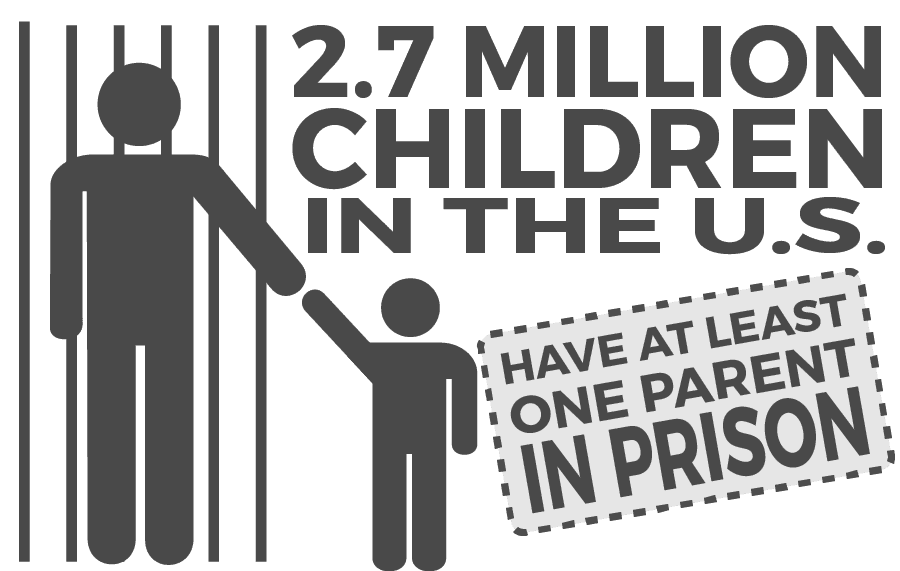As the overuse of jail becomes more common—although the majority of people are held there pretrial and presumed innocent—its growing impact extends to the children, families, and communities outside its bars, people who must also manage the financial, economic, and emotional effects. For example, more than 1.1 million men and 120,000 women in U.S. jails and prisons have children under the age of 17 and 2.7 million children nationwide have one or both parents behind bars, according to a 2010 Pew Charitable Trust report.
Studies show that the growth in incarceration of men with children contributes to higher rates of homelessness among black children in particular by thinning family finances and placing additional strains on mothers. When a mother is incarcerated, her children often end up in foster care, separated from their family. Furthermore, while a stay in jail may cause a person to lose wages or work, the stigma of an arrest record—even without a conviction or charge—continues after release, with a negative effect on his or her pursuit of employment. These issues are further exacerbated by policies that ban people with certain convictions from receiving cash welfare and food stamps, and broader policies that limit their access to subsidized housing.
Such instabilities can take an emotional toll on children, especially if their parent is going in and out of jail. The cycles of jail time create uncertainty for children regarding how long their parent will be gone and when their parent will return, potentially causing more stress than if the parent went away to serve a long-term prison sentence, according to a report by the Urban Institute’s Justice Policy Center.

The center also reports that, to cope, children may act out in school—becoming aggressive or losing focus—or simply stop attending. These early behaviors may lead to more serious misbehavior or further mental and physical health problems in their adult years. Because higher rates of incarceration tend to occur among residents of neighborhoods already ravaged by poverty and heightened police presence, the effect on children’s education and income as they grow into adulthood creates a cycle of lagging opportunities and resources for entire communities.
However, there is growing recognition of and effort toward diminishing this problem—Sesame Street’s Little Children, Big Challenges: Incarceration initiative is a prime example. With increased opportunities for children to maintain relationships with an incarcerated parent and through better support for these parents—and other types of caregivers in the community—children and their families can be better protected and tap into their own resiliency against the effects of incarceration.
